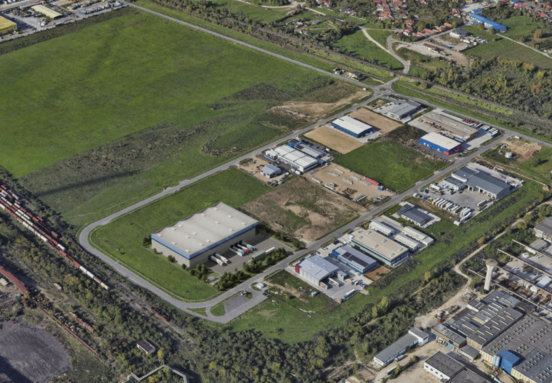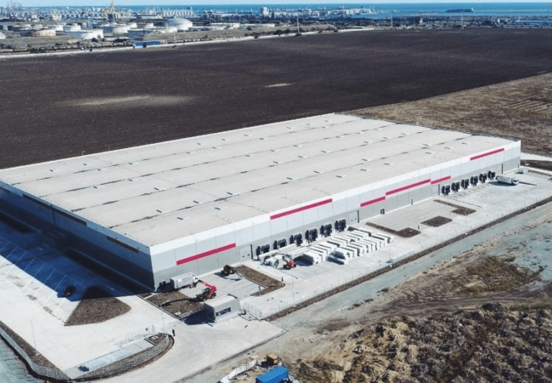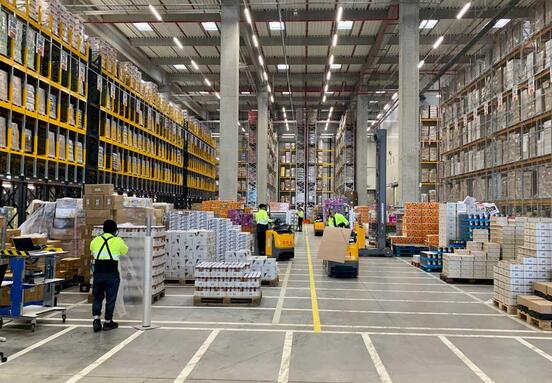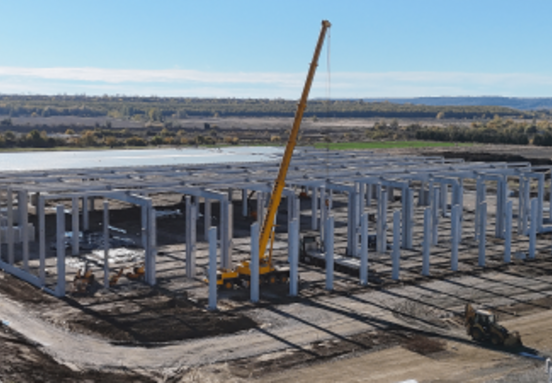The low rate is also illustrated by other indicators. Companies report few orders not carried out. The indicator has been 49 points in the last two months in the contraction area. In exchange, stocks grew from 46 in June to 49 in July. Since not executed orders remain constant, the slight increase of stocks is explained by the accumulation of products not sold.
Surprisingly, industry seems relatively uncoupled from the over 5% economy increase in the first 6 months of the year. Moreover, Barometer data show that prospects are not encouraging either. The indicator for new orders had in July 55 points, almost the same as in June (54), being under the average of the last 21 months. Export orders dropped from 58 in June to 53 in July.
The two indicators show that the demand remains low and will be more exposed to volatility shocks, as it recently happened with exports of local energy. According to data communicated by Transelectrica, in the first 6 months of the year exports of energy dropped compared to 2015, because neighbour countries reduced their demand. Generally speaking, the low flow of new orders predicts low production in the following months, modest contributions to the budget and a possible danger for jobs.
The barometer shows a drop of the indicator for number of employees, from 56 in March (expansion) to 47 in June and 46 in July (contraction). A sign that companies tend to release some of their employees.
In the context of low activity, prices received from companies for their products do not drop or grow significantly. In the last 5 months, the price indicator oscillated between 49 and 52, between growth and contraction. In case activity continues to drop, the risk of capacity excess could appear determining a reduction of industrial product prices. In July, firms continued to report a drop of production costs, from 63 points in May to 56 in July.
Perhaps, on the background of lower activity and raw materials obtained at a lower price. Present conditions do not seem to favour the initiation of investment projects. The indicator of capital expenses remained the same in July, at 54 points as it was in June. The managers’ state of mind seems to be rather depressed.
The confidence indicator in the future economic situation of the company dropped from 56 in June to 53 in July. Confidence is melting down. For comparison, the confidence indicator had 68 points in January.
The indicator value represents average expectations about the rate of new orders, of production volume and of prices which companies could receive after 6 months.
The low demand, volatility, global uncertainties, current financial obligations affect not only present activity, but also the companies’ confidence in the future. (source: actmedia.eu)






